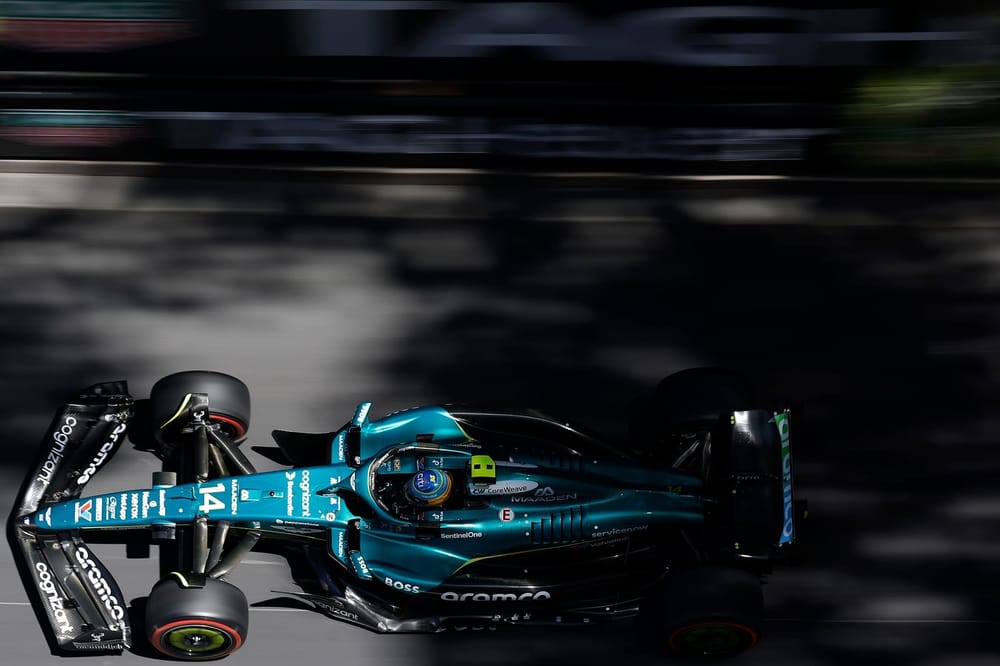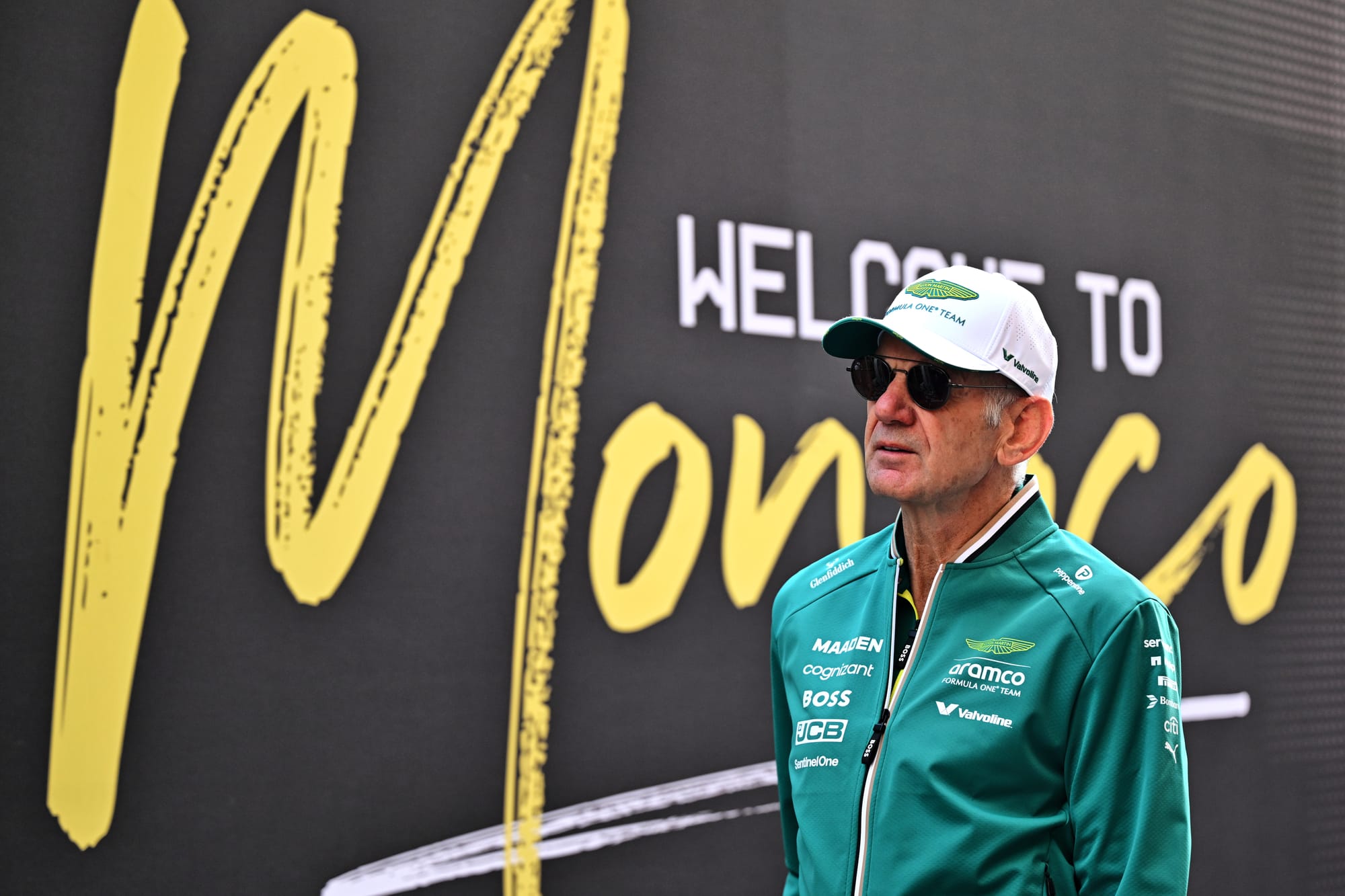Adrian Newey's race weekend debut with his new Formula 1 team Aston Martin brought with it his verdict on a key weakness that could take two years to solve.
So that does set back Aston Martin's plan to get to the front of the F1 field, something owner Lawrence Stroll has sunk hundreds of millions of pounds to accelerate?
Newey's verdict
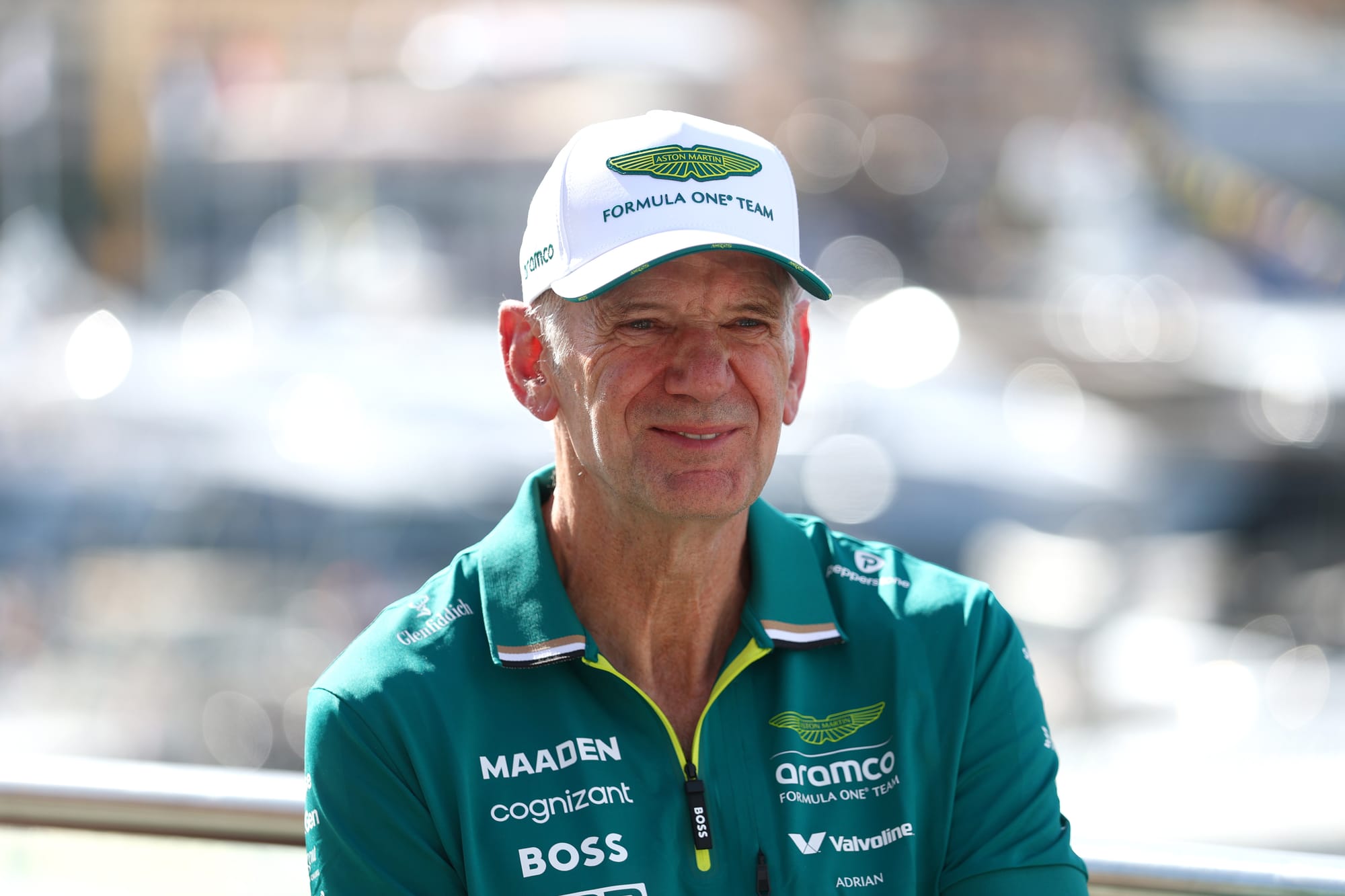
Newey made his trackside debut in his new Aston Martin colours in Monaco last weekend and offered his assessment of the team's the current position, having been at work for almost three months now.
He told a small group of media, including The Race, that the team's new driver-in-loop simulator has a correlation problem and that it could be two years away from being fully fixed.
The new simulator has been used since at least the end of last year, but Newey felt "it needs a lot of work because it's not correlating at all at the moment".
He called it a limitation to be working with a "fundamental research tool" that’s compromised.
This usually means the various models that attempt to replicate reality - aerodynamics, or tyre behaviour, for example - just aren't of a high enough quality.
And this software isn't something you can buy off the shelf fully-formed. There's an endless process of refining and improving the correlation to ensure it's the most effective tool possible. That is what takes time and there's no shortcutting the process.
The driver-in-loop simulator has become an increasingly important factor in the wider development process that teams undertake, although exactly where it fits in with CFD work and windtunnel testing - and the various iterations teams work through - will vary from team to team.
Essentially, simulators can be useful in two distinct ways: development work, trialling different upgrades, and set-up optimisation. The latter can include refining the starting set-up going into a race weekend.
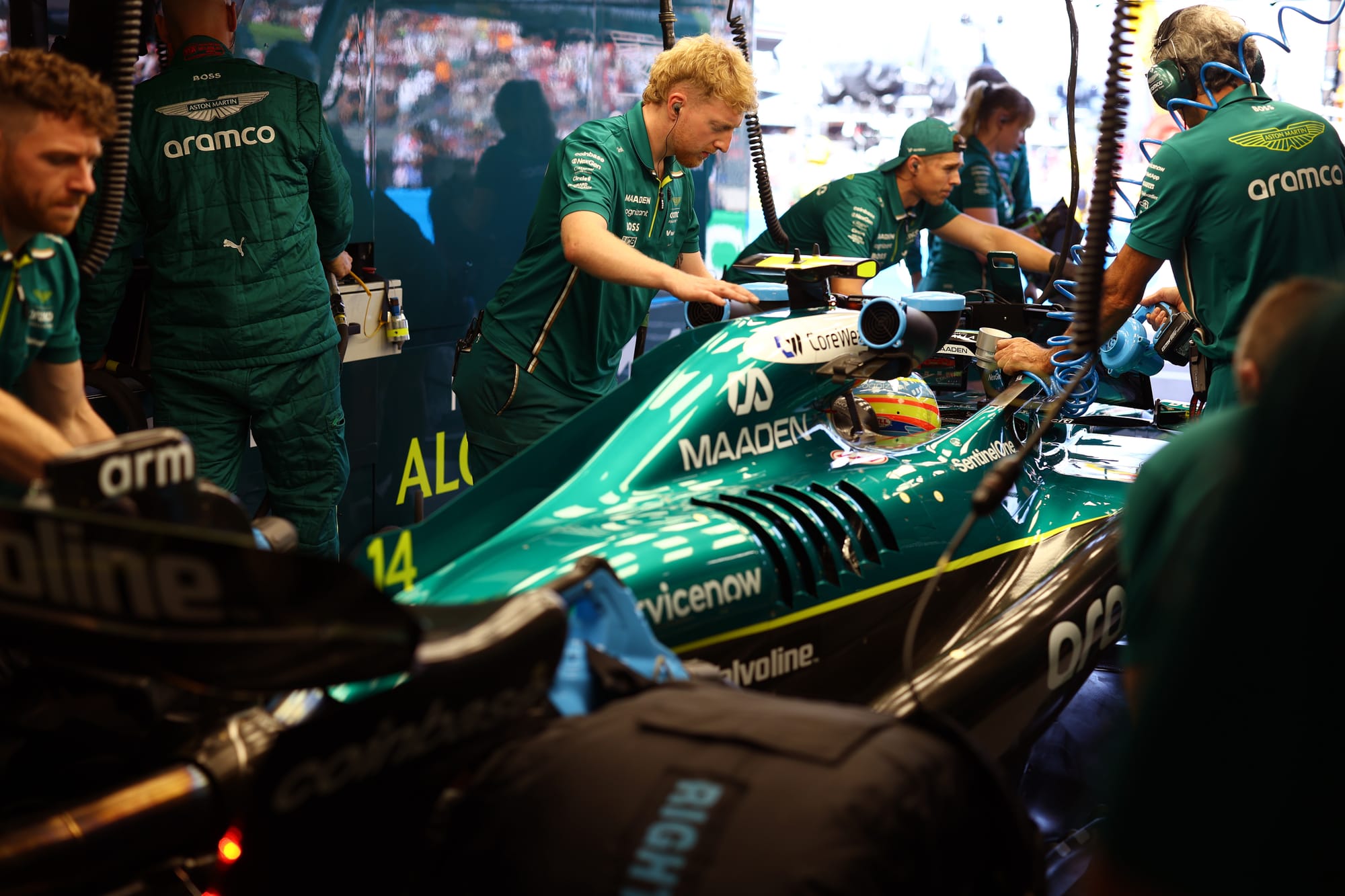
So, if Aston Martin's simulator isn't correlating, then a key part of its development process is feeding the team misleading information.
It is meant to replace track testing, with the driver in the middle of it feeding back - but if the upgrades aren't being accurately reflected in the sim, or the tyres aren't behaving as they should, or the car isn't reacting to elements of the track in the right way, all the data is compromised.
This explains why Newey described it as being "a bit blind for some time" in terms of both car and set-up development.
And there's nothing Aston Martin can do at the moment to fix that because Newey reckoned it needs a "plan to get it to where it needs to be" and that's "probably a two-year project".
The scale of the problem
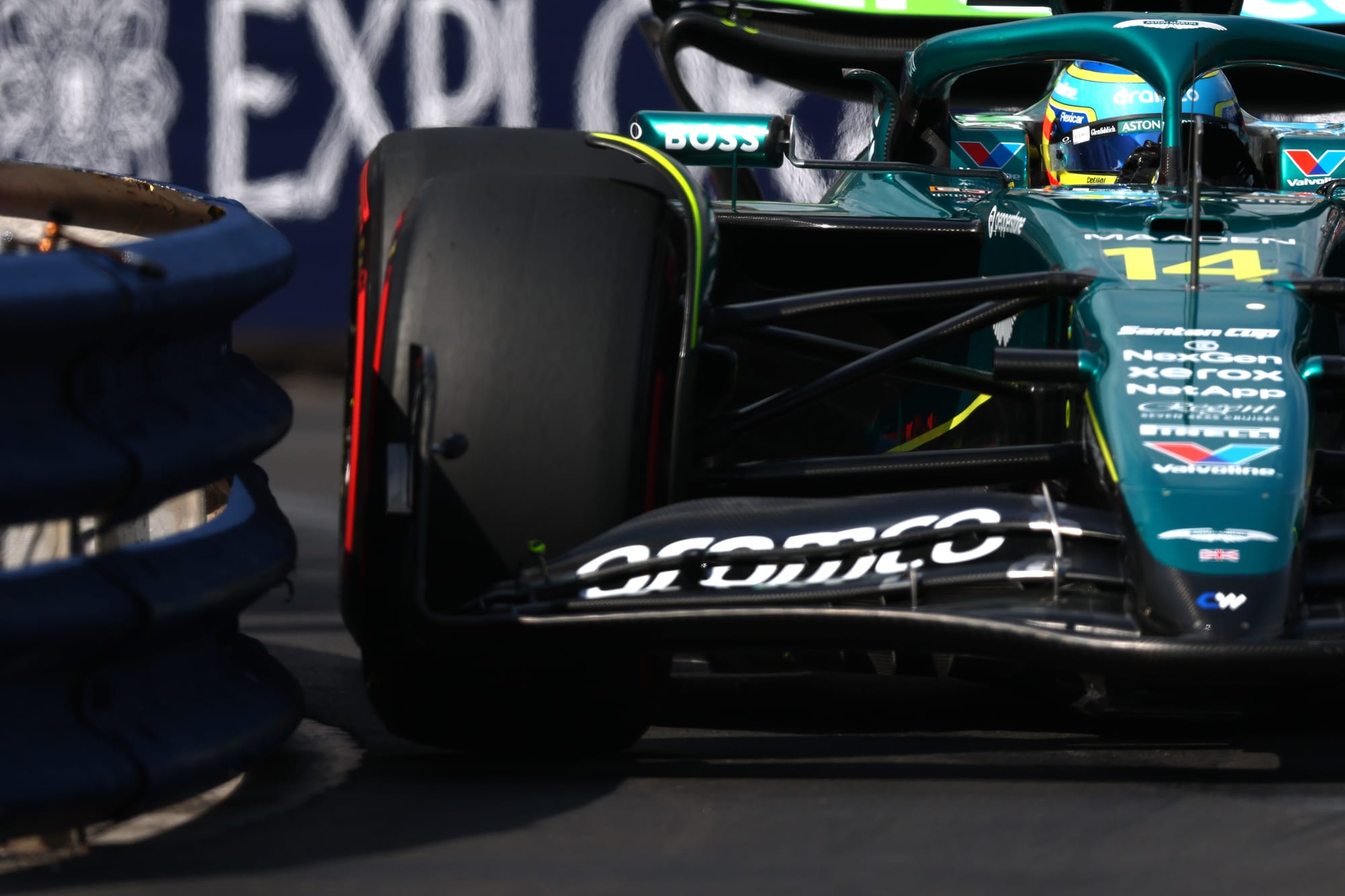
Newey's warning about the quality of the simulator and the time it will take to fix is also interesting in the context of his previous team at Red Bull.
He suggested that while Aston Martin's tools are amazing, it is not optimising them - whereas at Red Bull, Newey and his colleagues were adept at using the simulator and other tools to make them greater than the sum of their parts.
Newey implied Red Bull was able to mitigate the limitations of its windtunnel, which is a genuine Cold War relic which has routinely been criticised by those who use it.
By comparison, Newey said that the Aston Martin windtunnel is "arguably the best in F1", just like he thinks the factory is the best in F1. But he cautioned that windtunnels can be a slightly limited tool.
He compared them to engine dynos and said they are necessary, and would prefer to have a really good one than a not-so-good one - but it's the design you put into it that makes the difference.
And that fits in with his suggestion that this team, once a plucky underdog, has expanded to become a "very big" organisation that "in truth has been underperforming" with its tools and personnel.
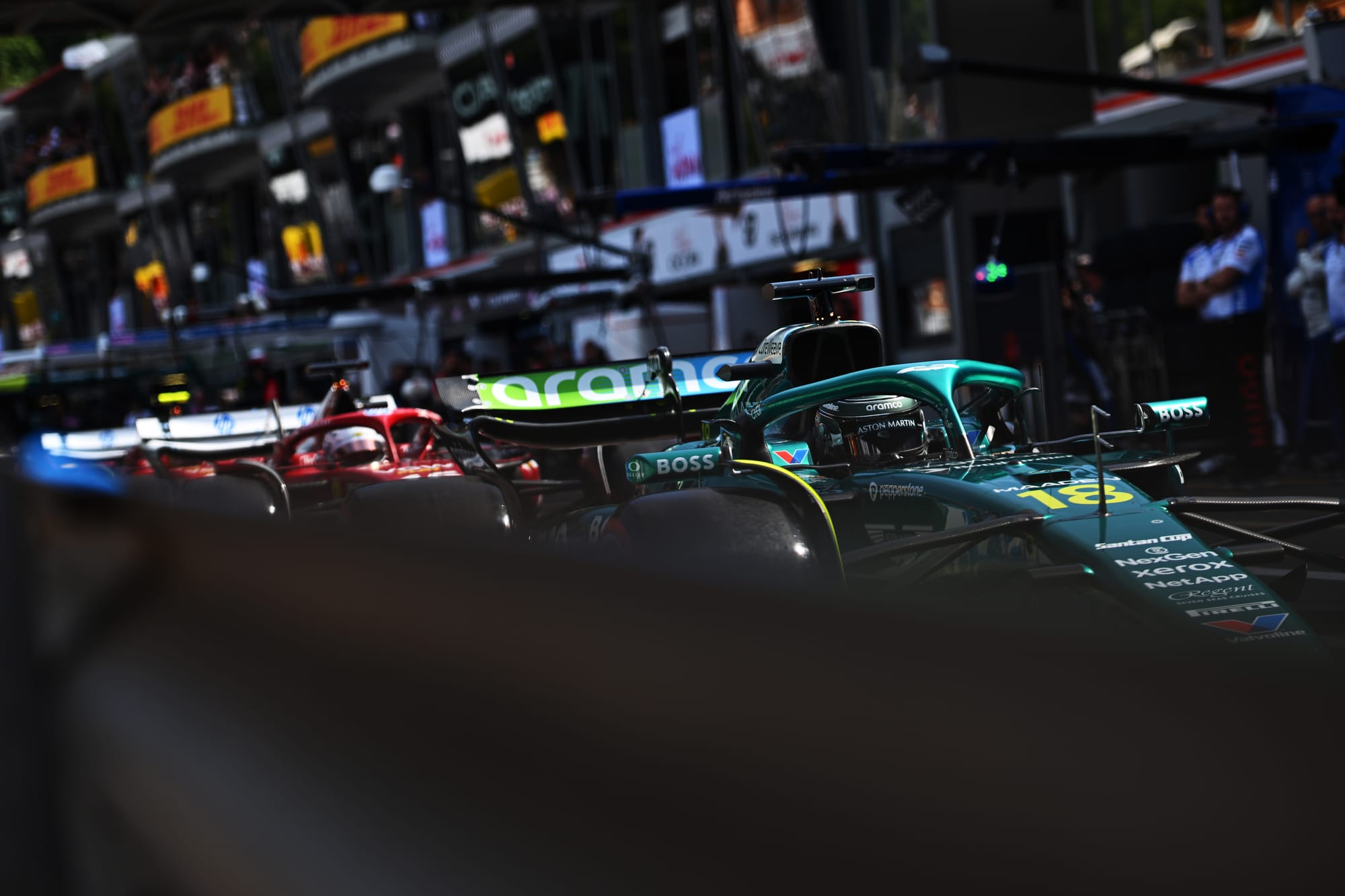
So does that squash any chance of Aston Martin taking a dream step forward in F1's new rules era next year? Not necessarily.
Firstly, this is exactly what Aston Martin wanted from Newey. His presence will speed up the process of recognising where a fundamental limitation exists.
Second, Newey was not saying the simulator itself is broken or a waste of money. It's how it is used that's the problem - which probably explains team boss Andy Cowell's response when Newey's comments were put to him by The Race on Sunday evening in Monaco.
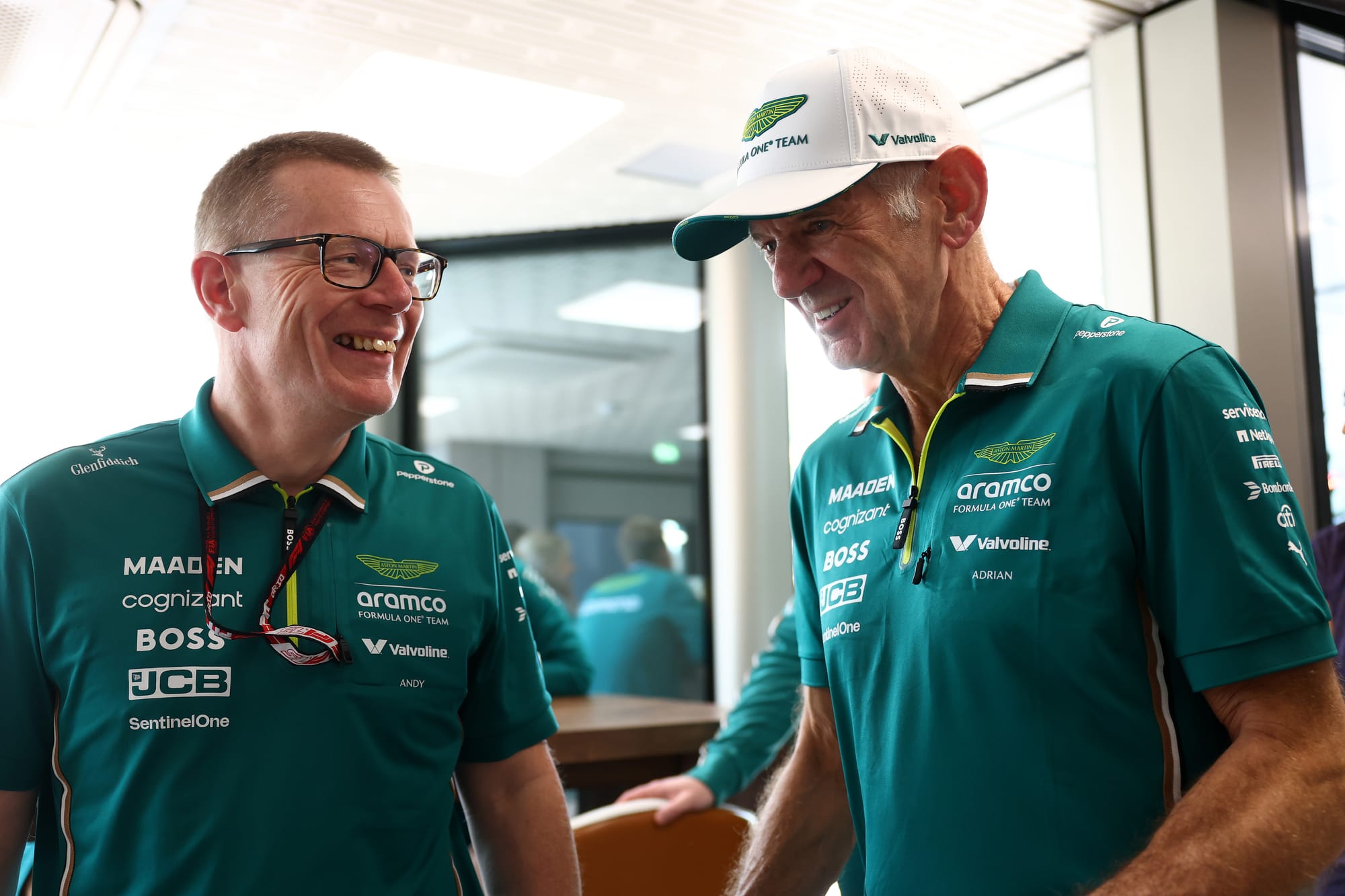
"It won't take two years and that's not me and Adrian having a disagreement," Cowell said.
"It just takes time to get these things dialled in but it's not years, it's a few months.
"We were just talking in the [post-race] debrief, [saying] 'What did the driver-in-the-loop simulator say, what did the track say? There's a mismatch, what do we do going forwards?'
"Well, we carry on using the driver-in-the-loop simulator but be a bit a little bit cautious about whether we deploy the set-up changes.
"Over time you get confidence, you use it as a development tool to get confidence and that leads your development.
"That's the journey we're going through, which I don't think is unusual to any team introducing a new [tool]."
Did this derail Aston Martin's progress?
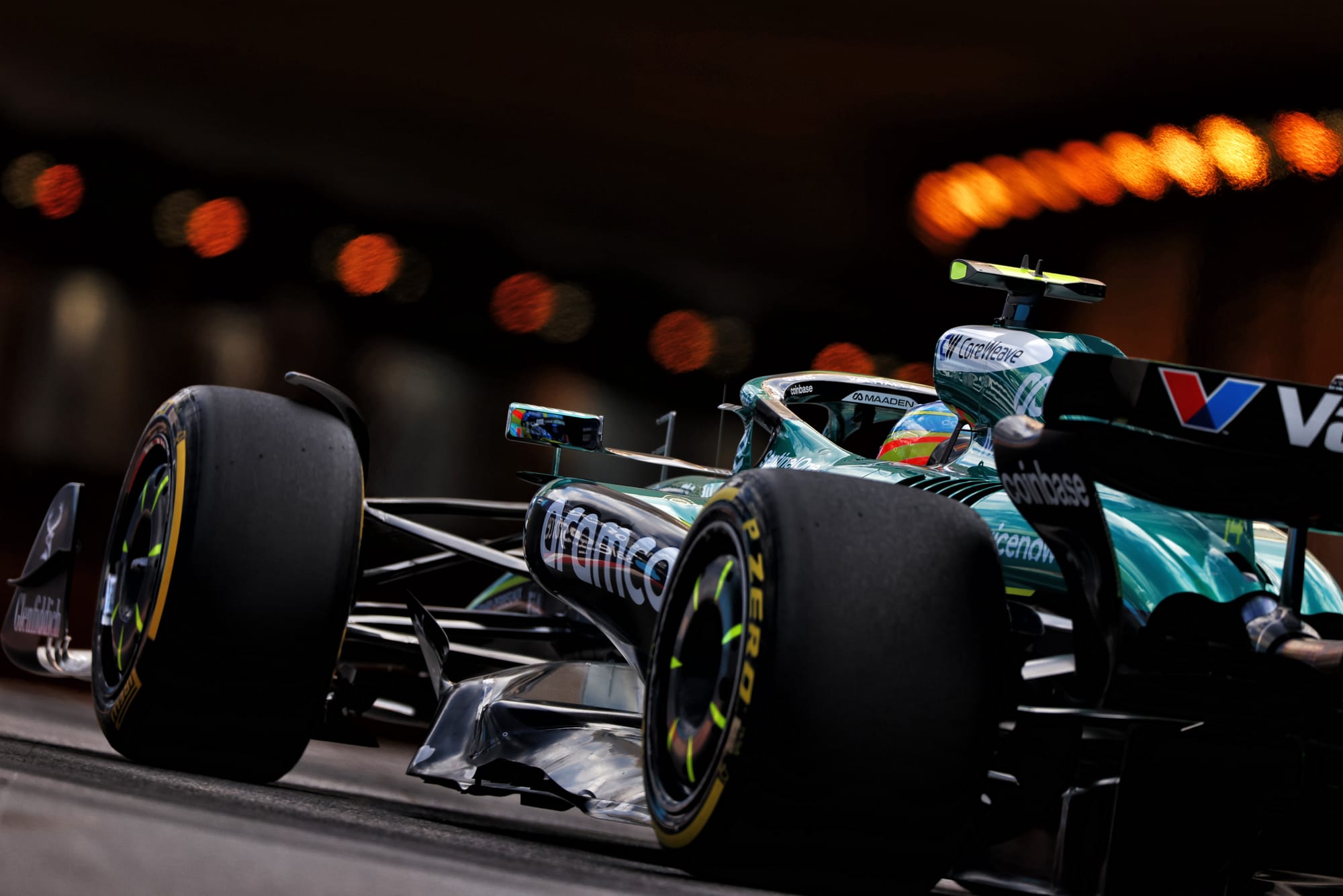
It's worth noting that the new simulator was used in the final aerodynamic mapping work on Aston Martin's recent upgrade package that was introduced at Imola two races ago.
This package genuinely seems to have improved its pace in F1's midfield, even if the team doesn't have the points to show for it.
But as the simulator came online late last year, it can't be to blame for all of Aston Martin's development missteps in recent years.
Aston Martin has had a worrying trend of ineffective upgrades over the last two years, ones that produced the anticipated numbers but also created time-sapping characteristics and imbalances to rectify.
This led to Cowell reshaping Aston Martin's technical structure over the winter across the factory and trackside team to make the feedback and engineering loop between the two parts of the team more robust.
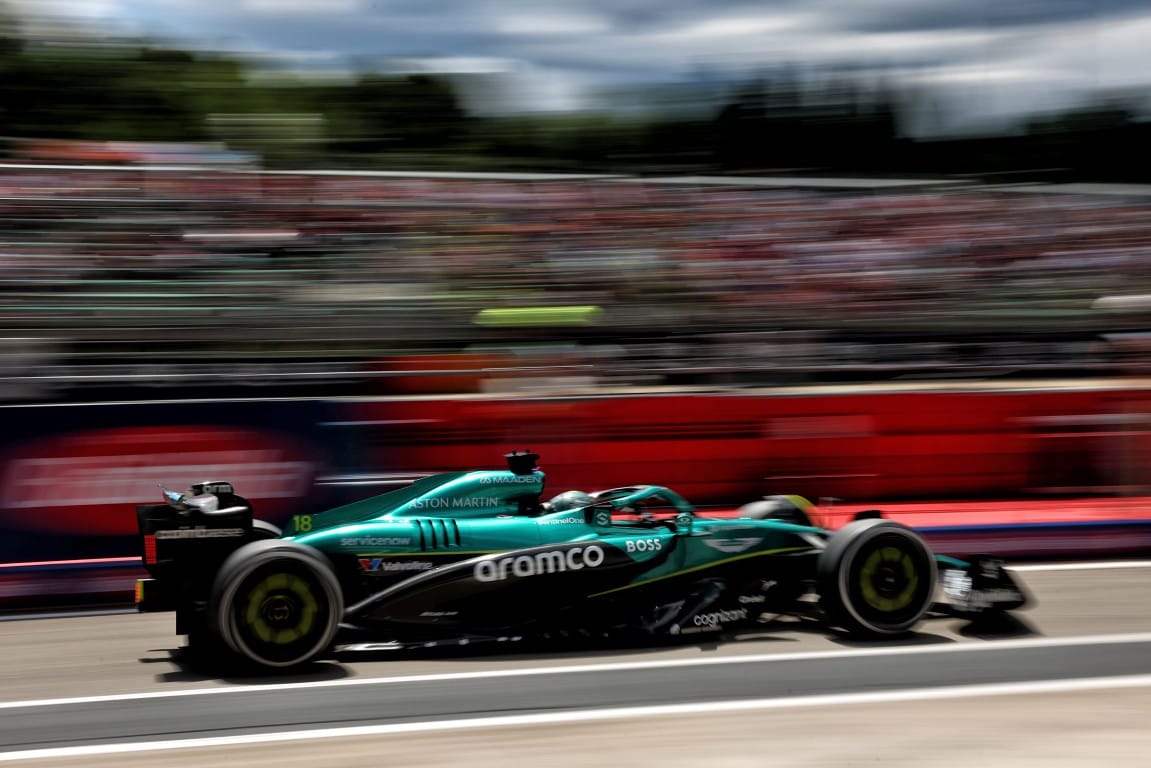
The emphasis now is on having more confidence in parts before bringing them to the track, and a shift in how it had previously assessed whether something is actually better.
Cowell said that previously Aston Martin had induced "chaos" at the track with extreme situations like swapping floors in and out race-to-race and even in-event. That kind of thing comes from compromised tools, compromised understanding of them, or both.
But Aston Martin would have been using Mercedes' windtunnel as a customer, and an older simulator of its own, when it struggled to kick on from its strong start to 2023, or even a solid start last year.
So, there might have been an element of suboptimal tools at play there. But it will also be a procedural thing.
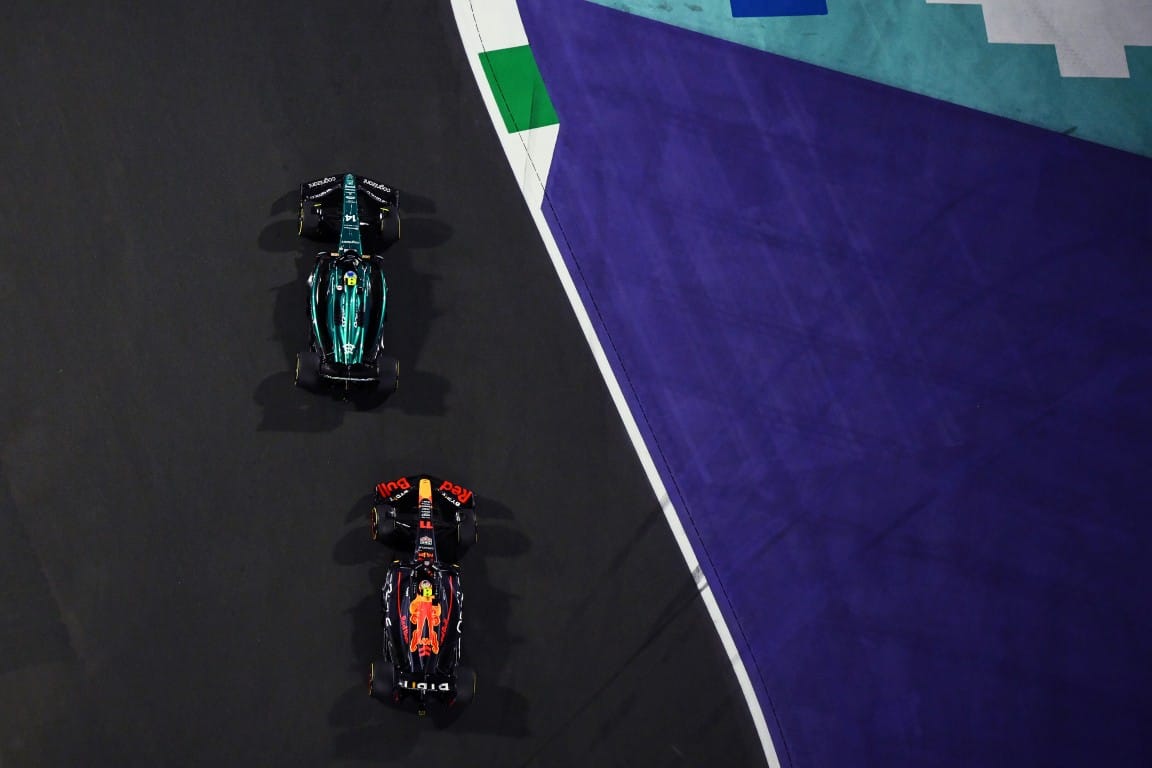
Deputy technical director Eric Blandin reckoned Aston Martin was actually "derailed" by its early 2023 success when it claimed six podium finishes in the first eight races and was Red Bull's main challenger. That's because it got complacent and didn't review its processes as rigorously as it should have done.
The last 18 months or so have been an exercise in unpicking that and trying to improve. Now that Newey's on board, he will undoubtedly be a great asset for Aston Martin.
That starts with frank observations about key tools such as the simulator and about how even great hardware means nothing if you're not using it properly.


